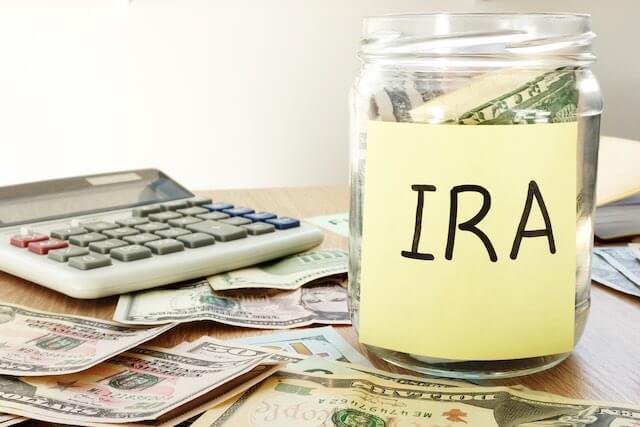Do you have an IRA (Individual Retirement Account)? If so, you know it is easy to understand, at least until you are 70, and then not so much. That is, at age 70 you are no longer allowed to deposit funds in your IRA, which is simple.
Required Minimum Distribution (RMD)
But what is not so simple is the RMD, or Required Minimum Distribution, which is less easy to understand. How much is it? Does the RMD formula change from one year to the next? Is it supposed to drain your entire IRA before your death?
The RMD is a device to get you to use your IRA money during your retirement, as opposed to accumulating a nest egg that can grow tax-protected and then be left to your heirs. But we each have our own income sources, and we each have our own unpredictable life span, plus (possibly) our special, costly needs in our later years.
RMD Forumula
So what is the RMD formula prescribed by Congress? Does one size really fit all?
When you have an IRA, upon reaching age 70 your RMD starts; it is based on your “distribution period,” per the Internal Revenue Service. For age 70, your RMD is balance/27.4 (years), or 3.65%, of the IRA value on December 31 of the previous year.
Example: you have, say, $123,456 at year’s end. The next year (when you become 70), 3.65% of 123,456 is $4,506. This is the minimum to be withdrawn for the year. So far, so good.
What’s the hard part?
The hard part is while your life expectancy is decreasing your RMD percentage is increasing, annually. For age 71 it is 3.77%, age 72 it is 3.90%, and so on, until at age 90 it becomes 8.77%.
For planning, the above is a bit of a complication. Is there more? Yes, there is the fluctuating return on your investment. As we all know, future variation is not predictable, and it makes planning more difficult.
RMD Withdrawals in Retirement
Good news; if you withdraw just the RMD each year and your average annual return is a modest 4%, you will not exhaust your IRA, not even close.
Example: you have $123,456 in your IRA at the end of the year prior to turning 70. If you withdraw only your RMD each year and earn just 4%, your principal at age 80 will be $115,580, and if you live to 90 you will still have $82,478.
Other examples:
| Starting Principal | Growth Rate | Balance at Age 80 | Balance at Age 90 |
|---|---|---|---|
| $123,456 | 10% | $214,209 | $267,841 |
| $123,456 | 7% | $175,508 | $182,194 |
| $123,456 | 6% | $145,522 | $123,042 |
It looks like the Required Minimum Distribution is something we can live with. One size does fit all.
The above figures are approximations – you may withdraw your RMD for a given year at any time during the year, or even in monthly increments like an annuity. This will have an effect on your return on investment.
There is a free Windows app for the above. It calculates yearly balances, with three different user-selected percentage returns. You can request it from the author at fedbens@aol.com (no .gov emails, please).



